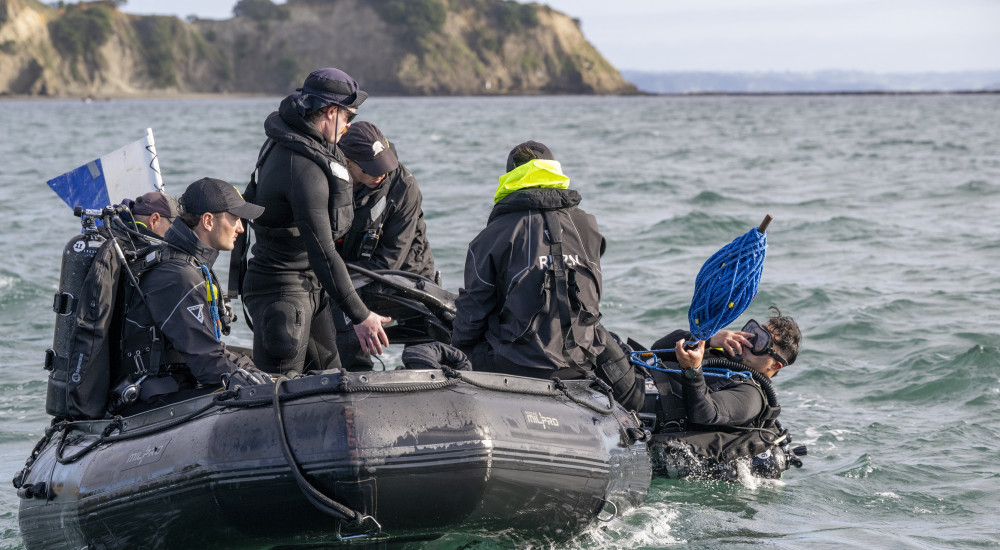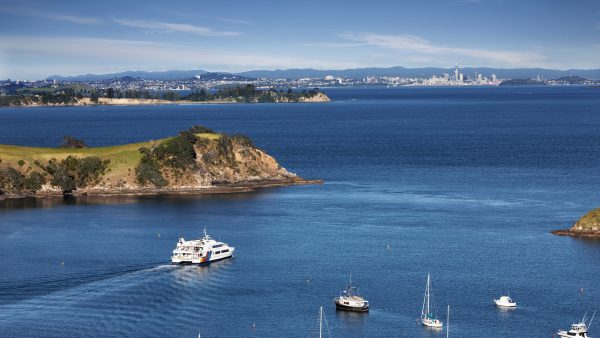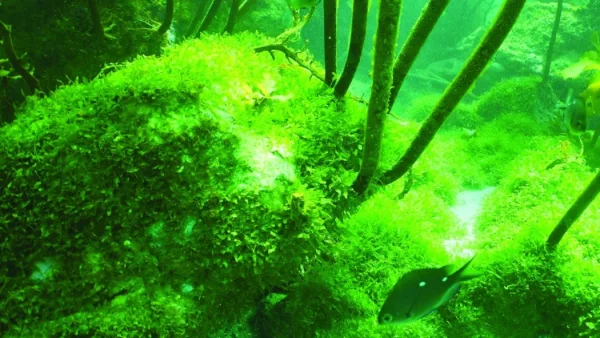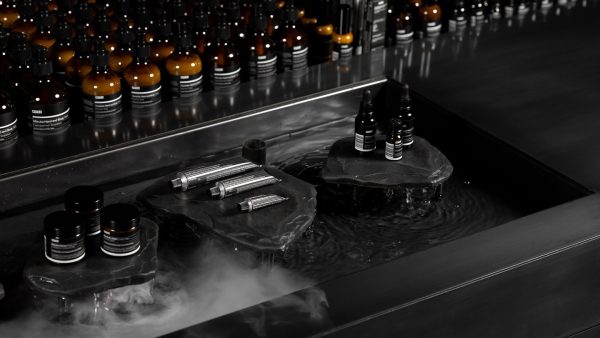Royal New Zealand Navy (RNZN) divers have safely disposed of Second World War-era mines recently discovered on the seafloor near Auckland.
The mines, which were more than 80 years old, were originally part of a defensive minefield laid in the early stages of the war to protect Auckland Harbour and the Hauraki Gulf from German and Japanese naval threats. The controlled minefields were designed to be detonated from shore stations in the event of an enemy sighting.
By 1944, with the threat of attack significantly reduced, the mines were decommissioned by being remotely detonated.
However, in the channel between Whangaparaoa Peninsula and Tiritiri Matangi Island, a number of mines misfired. It is believed that during the subsequent clearance by minesweepers, some mines became dislodged from their moorings and, over time, corroded and sank to the seafloor where they drifted with the currents.
In 2014, an RNZN Maritime Explosive Ordnance Disposal team located and disabled some of these historical munitions. In March this year, five further mines were discovered in the area at a depth of between 21 – 28 metres.
This week, over three days, divers from the Navy’s littoral warfare unit HMNZS Matataua made the mines safe in a carefully planned operation.
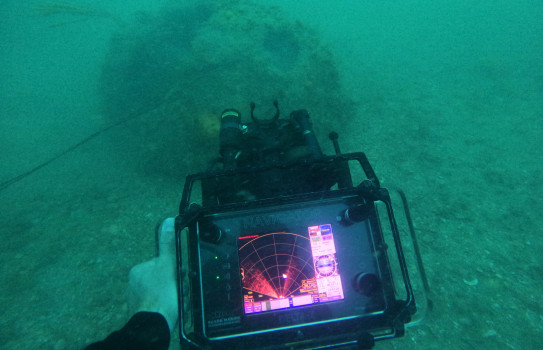
A Diver Underwater Search System uses both sonar to detect mine-like objects and GPS to help navigate a diver to a position.
Low-level explosive charges cracked the mine casings and allowed seawater to render the high explosives inside inert. These carefully calibrated charges are designed to minimise environmental impact and disturbance to marine life.
The controlled explosions which effectively defused the mines were barely audible and created no visible disturbance on the surface.
Marine mammal observers monitored for the presence of whales, dolphins, and other protected species during the operation to ensure the area was clear prior to the charges detonating.
Lieutenant Warwick Creasy, officer in charge of the disposal team, says while dangerous, this type of work is routine for the Navy in the Pacific Islands, where unexploded ordnance remains a concern.
“But these mines are very close to home, so we wanted to take every precaution to ensure they no longer posed a threat to commercial and recreational fishers, divers, or the marine environment.
“The task went exactly according to plan which reflects the intensive training we undertake, careful preparation and the type of extreme care that goes with the handling and placement of high explosives. Job done. Home safe.”


